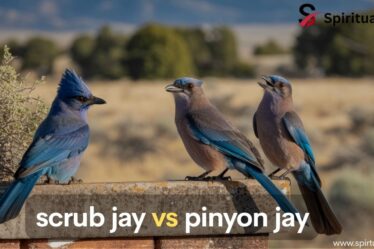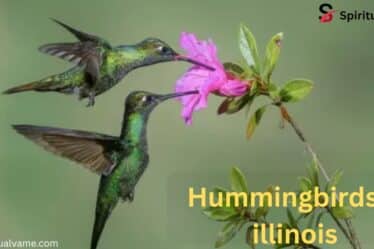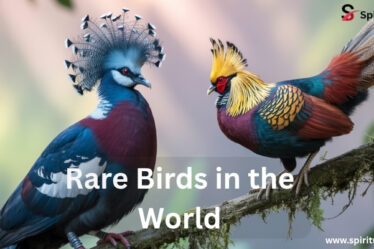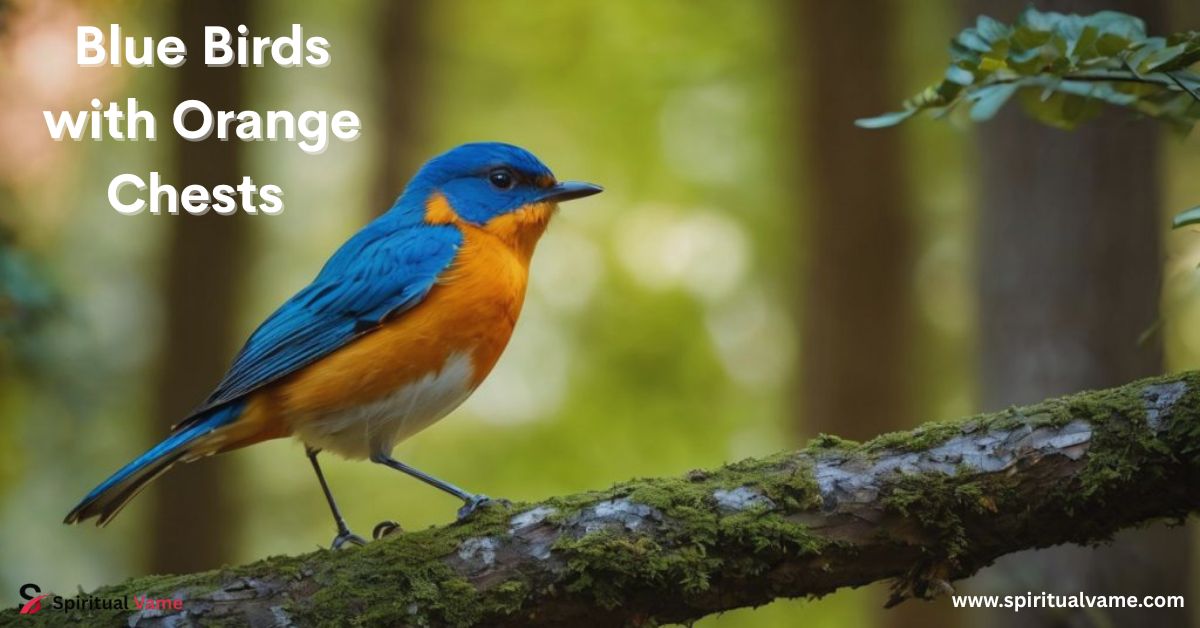
Blue birds with orange chests are some of the most beautiful birds in North America. Their bright blue feathers and bold orange chests make them easy to spot and hard to forget. These colorful birds live in many places, like forests, meadows, parks, and even backyards. People love watching blue birds with orange chests because they are fun to observe and often sing lovely songs.
This blog will help you learn more about blue birds with orange chests. You’ll discover where they live, what they eat, and how to tell them apart. Whether you’re a beginner or a birdwatching pro, you’ll enjoy learning about these amazing blue birds with orange chests.
The vibrant combination of blue and orange in birds is a captivating sight for birdwatchers across North America. These colors not only add beauty to our landscapes but also serve as key identifiers for various species. Let’s delve into the world of these stunning birds and explore their unique characteristics and habitats.
Blue Birds With Orange Chests
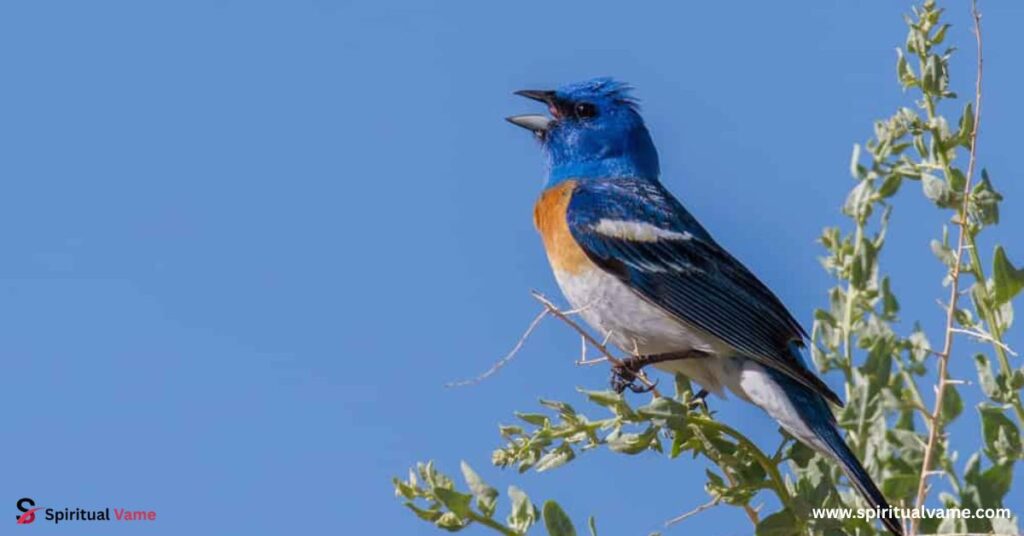
Among the diverse avian species in North America, several stand out due to their striking blue and orange plumage. These birds inhabit a range of environments, from open woodlands to suburban areas, each playing a vital role in their respective ecosystems.
The Eastern Bluebird (Sialia sialis) is a familiar sight in the eastern regions, often seen perched on fences or wires, scanning for insects. Males display a bright blue back with a rusty orange chest, while females have a more subdued coloration. In contrast, the Western Bluebird (Sialia mexicana) occupies the western landscapes, favoring open woodlands and meadows. Their vivid blue feathers and orange underparts make them a favorite among bird enthusiasts.
The Barn Swallow (Hirundo rustica), with its sleek blue back and tawny orange underparts, is commonly found across the continent, often nesting in barns and under eaves. The Lazuli Bunting (Passerina amoena), primarily in the western U.S., showcases a brilliant blue head and back with a warm orange breast, frequenting shrubby areas and open woodlands.
Other notable species include the Belted Kingfisher (Megaceryle alcyon), recognized by its shaggy crest and blue-gray plumage with a distinctive orange band across its chest, and the Red-breasted Nuthatch (Sitta canadensis), a small bird with a blue-gray back and a rich orange underside, commonly found in coniferous forests.
Barn Swallow (Hirundo rustica)
A widespread species known for its agile flight and forked tail, often nesting in artificial structures.
Eastern Bluebird (Sialia sialis)
Inhabits open fields and meadows, feeding primarily on insects and berries.
Western Bluebird (Sialia mexicana):
Prefers open woodlands and is often seen perched on low branches or fences.
Belted Kingfisher (Megaceryle alcyon):
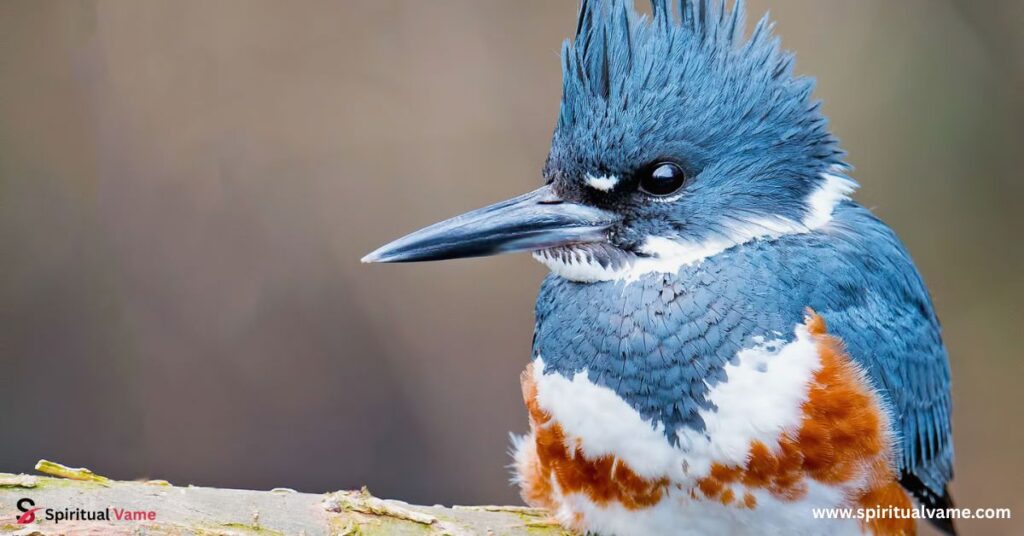
Found near water bodies, diving to catch fish, with a distinctive rattling call.
Cooper’s Hawk (Accipiter cooperii):
A medium-sized raptor with blue-gray upperparts and a reddish-orange barred chest, adept at hunting in wooded areas.
Lazuli Bunting (Passerina amoena):
Favors brushy habitats and is known for its melodious song.
Sharp-shinned Hawk (Accipiter striatus):
The smallest hawk in North America, with blue-gray upperparts and a finely barred orange chest.
Stork-billed Kingfisher (Pelargopsis capensis):
A large kingfisher with a massive red bill, blue wings, and an orange chest, though more commonly found in South Asia.
Allen’s Hummingbird (Selasphorus sasin):
A small hummingbird with iridescent green and orange plumage, primarily along the Pacific coast.
Rufous Hummingbird (Selasphorus rufus):
Known for its fiery orange-red coloration and remarkable long-distance migration.
Red Knot (Calidris canutus):
A shorebird with a reddish-orange chest during breeding season, undertaking one of the longest migrations.
Red-breasted Nuthatch (Sitta canadensis):
Often seen climbing tree trunks headfirst, with a distinctive nasal call.
Hooded Oriole (Icterus cucullatus)
A vibrant bird with a bright orange body and black hood, commonly found in the southwestern U.S.
Orchard Oriole (Icterus spurius)
Smaller than other orioles, with a rich chestnut-orange chest and black head, favoring open woodlands.
American Robin (Turdus migratorius):
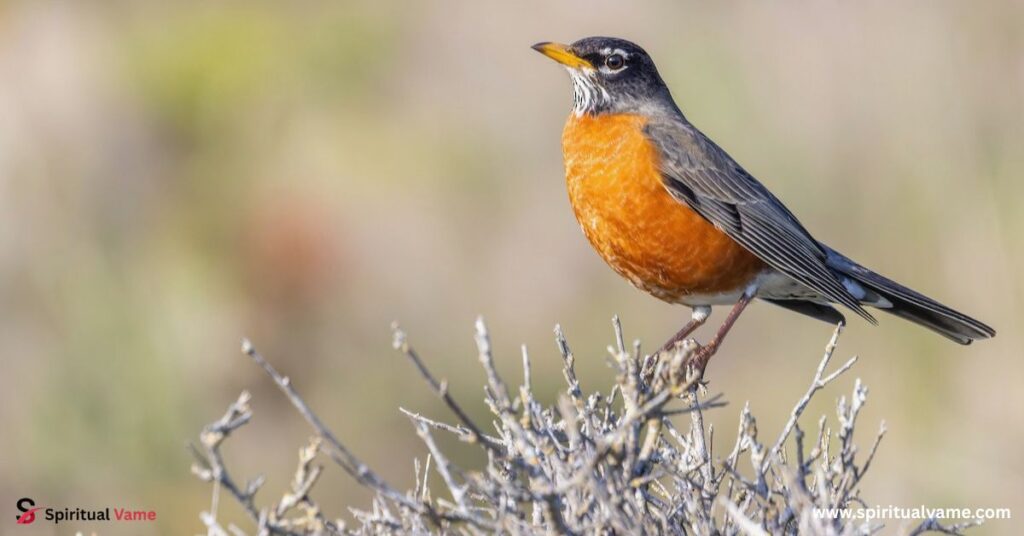
A familiar sight with its bright orange chest, often seen foraging on lawns.
Varied Thrush (Ixoreus naevius):
Inhabits dense forests in the Pacific Northwest, with a striking orange breast and bold black markings.
Blackburnian Warbler (Setophaga fusca):
A small songbird with a fiery orange throat and black upperparts, breeding in coniferous forests.
Conclusion
The diversity of blue birds with orange chests in North America is a testament to the continent’s rich avian biodiversity. These birds occupy various habitats, from forests and grasslands to urban areas, each contributing uniquely to their ecosystems. Their vibrant plumage not only adds beauty to our surroundings but also plays roles in behaviors like mating and territorial displays.
Understanding and appreciating these species is crucial, especially in the face of challenges like habitat loss and climate change. Conservation efforts, such as preserving natural habitats and supporting bird-friendly practices, are essential to ensure that these magnificent birds continue to thrive for generations to come.

